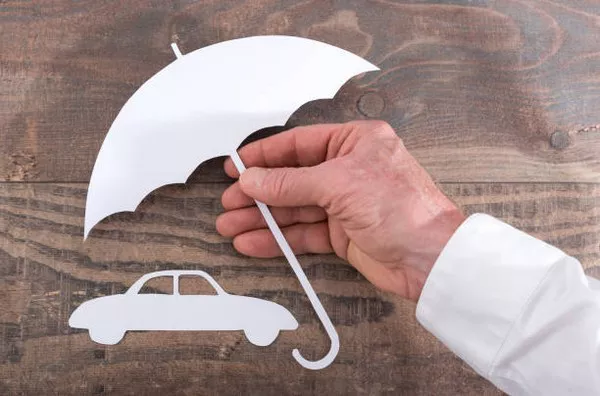Car accidents are unfortunate events that can lead to damage to your vehicle. When such incidents occur, a key player in the aftermath is the car insurance adjuster. But what exactly does a car insurance adjuster do? In this comprehensive guide, we’ll delve into the role of a car insurance adjuster, their responsibilities, and the crucial role they play in the claims process.
1. Assessment of Damage
One of the primary responsibilities of a car insurance adjuster is to assess the damage to your vehicle. This involves inspecting the extent of the damage, identifying the areas affected, and determining the cost of repairs. Adjusters use their expertise to evaluate whether the damage is consistent with the details provided in the claim.
a. On-Site Inspection: In many cases, the adjuster will conduct an on-site inspection of the vehicle. This allows them to closely examine the damage and gather essential information.
b. Photographic Documentation: Adjusters often take photographs of the damaged vehicle to document the condition and support their assessment. These photographs become valuable evidence in the claims process.
2. Estimation of Repair Costs
Based on their assessment, car insurance adjusters are responsible for estimating the costs of repairing the damage. This involves considering factors such as labor, parts, and any additional expenses related to restoring the vehicle to its pre-accident condition.
a. Coordination with Repair Shops: Adjusters often work closely with repair shops to obtain accurate estimates. They may use their network of approved shops or collaborate with the repair facility of the policyholder’s choice.
b. Cost Analysis: The adjuster conducts a thorough cost analysis, factoring in the market rates for labor and parts, to arrive at a fair estimate of the repair costs.
3. Liability Assessment
Car insurance adjusters play a crucial role in determining the liability in an accident. This involves assessing who is at fault and to what extent. Liability assessment is a pivotal step in the claims process, as it influences the coverage provided by the insurance policies involved.
a. Witness Statements: Adjusters may interview witnesses and review statements to gather information about the sequence of events leading to the accident. This helps in determining liability.
b. Police Reports: Adjusters often review police reports to understand the official findings and statements made at the scene of the accident.
4. Communication with Policyholders
Effective communication is a key aspect of a car insurance adjuster’s role. Adjusters keep policyholders informed about the progress of their claims, discuss the findings of the assessment, and address any concerns or questions.
a. Explanation of Findings: Adjusters explain their assessment findings to policyholders, detailing the extent of the damage, the estimated repair costs, and the coverage provided by the insurance policy.
b. Negotiation: In cases where there are disagreements or disputes, adjusters may engage in negotiations with policyholders or third parties to reach a fair resolution.
5. Claims Documentation and Reporting
Car insurance adjusters are responsible for meticulously documenting their findings and preparing comprehensive reports. These reports serve as a basis for claims processing, legal proceedings, and any necessary follow-up actions.
a. Claims Files: Adjusters create detailed claims files that include photographs, estimates, witness statements, police reports, and any other relevant documentation.
b. Internal Reporting: Adjusters often submit internal reports to their respective insurance companies, providing a detailed account of the claim and their recommendations for resolution.
6. Coordination with Other Professionals
Depending on the complexity of the claim, car insurance adjusters may collaborate with various professionals to ensure a thorough assessment and resolution.
a. Legal Experts: In cases involving legal complexities or disputes, adjusters may work with legal experts to navigate the legal aspects of the claim.
b. Medical Professionals: For claims involving injuries, adjusters may coordinate with medical professionals to assess the extent of injuries and associated medical costs.
7. Resolution and Settlement
Ultimately, the goal of a car insurance adjuster is to facilitate the resolution of the claim. This may involve negotiating a settlement with the policyholder, coordinating with repair shops, or overseeing the disbursement of funds for repairs.
a. Settlement Offers: Adjusters present settlement offers to policyholders based on their assessments and negotiations. This offer typically includes the estimated cost of repairs, minus any applicable deductibles.
b. Claim Closure: Once a settlement is agreed upon, the adjuster oversees the closure of the claim, ensuring that all necessary payments are made, and repairs are completed.
8. Continuous Professional Development
The role of a car insurance adjuster is dynamic, and professionals in this field often engage in continuous learning and development to stay updated on industry trends, new technologies, and changes in regulations.
a. Training Programs: Adjusters may participate in training programs offered by their insurance companies or industry associations to enhance their skills and knowledge.
b. Adaptation to Changes: As the insurance industry evolves, adjusters adapt to changes in policies, regulations, and technology to ensure they can effectively perform their roles.
9. Conclusion
In conclusion, a car insurance adjuster is a crucial link in the claims process, playing a multifaceted role in assessing damage, estimating costs, determining liability, and facilitating the resolution of claims. Their expertise and attention to detail contribute significantly to the fair and efficient handling of insurance claims, providing policyholders with the support they need during challenging times.


